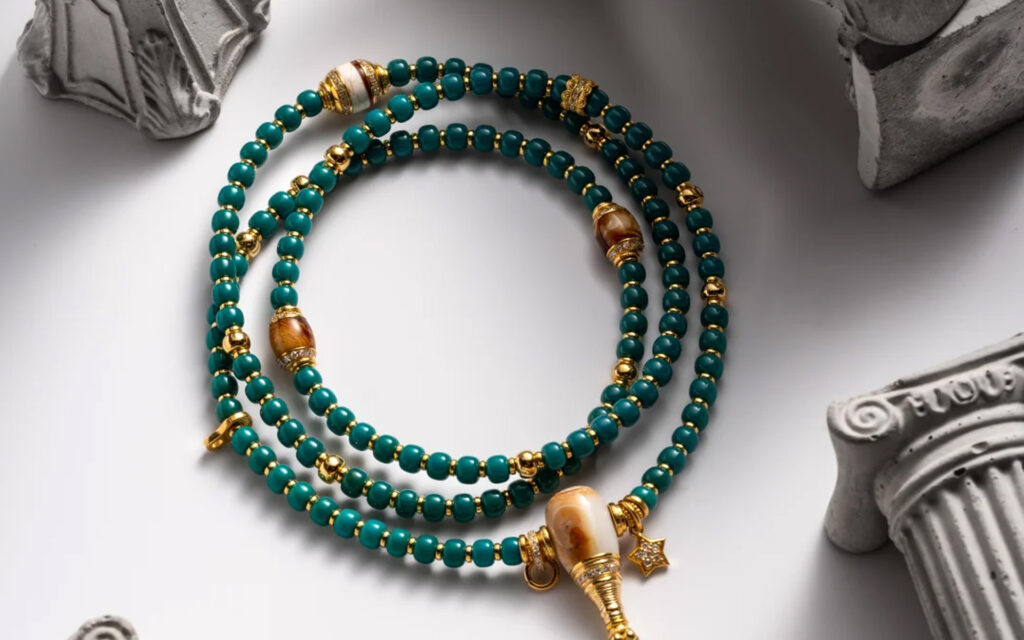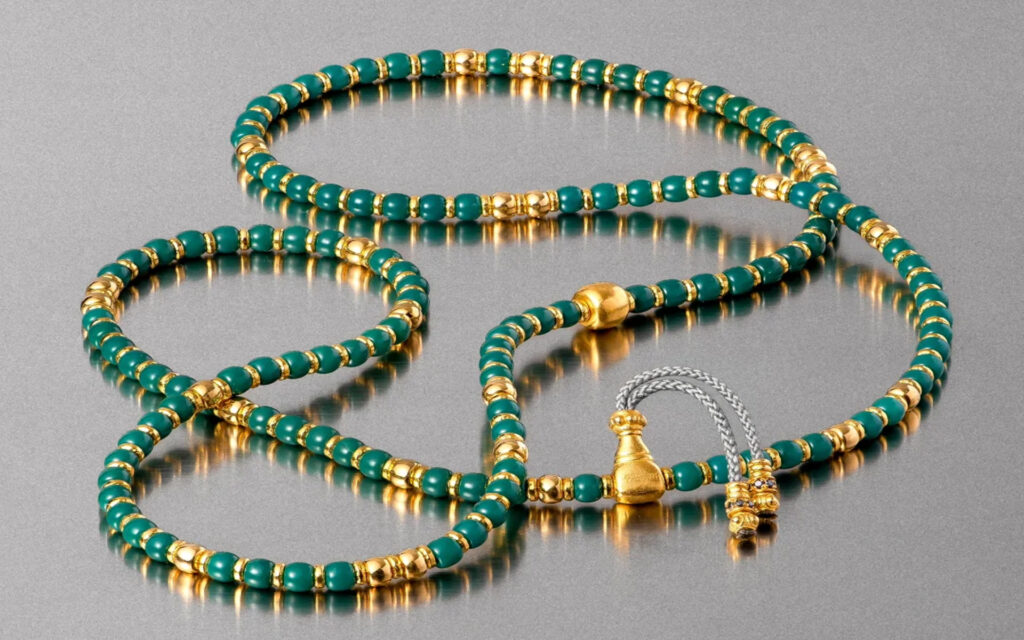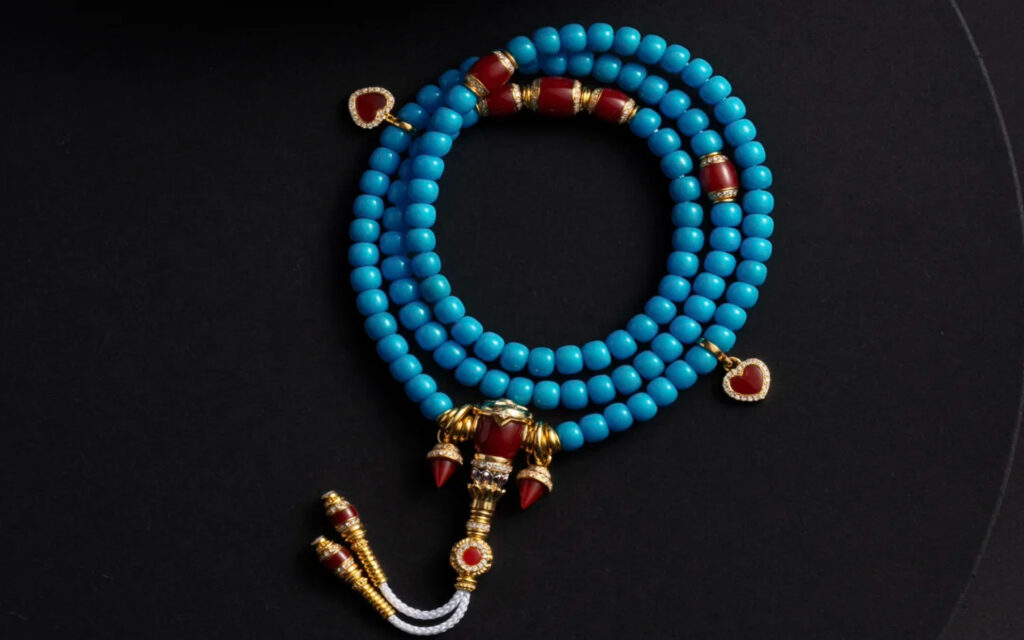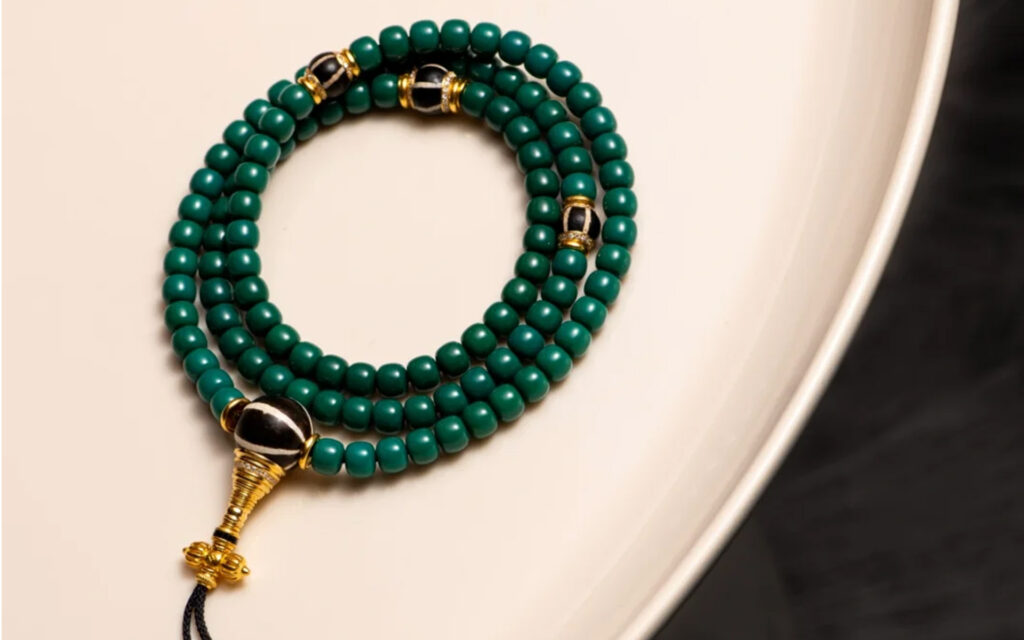At the intersection of religious culture and folk traditions, prayer bead bracelets are objects of profound symbolism and cultural value. Whether used by Buddhist devotees as tools for counting recitations or cherished by the public as fashion accessories, the number of beads in a prayer bead bracelet carries unique significance. Bracelets with different bead counts hold distinct meanings and purposes.

The most common number of beads is 108. Within Buddhist culture, the number 108 carries profound significance. It symbolizes the elimination of the world’s 108 afflictions, signifying that through the practice of reciting mantras with these beads, believers can restore inner peace and free themselves from worldly distractions. Additionally, some interpretations link this number to the cyclical nature of time and the universe. The year comprises twelve months, twenty-four solar terms, and seventy-two climate periods. Summing these figures yields 108, representing the perpetual cycle of time and cosmic renewal. Each rotation of the 108-bead mala purifies the mind, aiding practitioners in focusing on Buddhist teachings to attain inner tranquility and liberation.
The 54-bead mala is also quite common. It represents the fifty-four stages of Buddhist practice: the Ten Stages of Faith, Ten Stages of Dwelling, Ten Stages of Practice, Ten Stages of Dedication, and Ten Stages of Ground, plus the Four Stages of Good Roots. This signifies the spiritual elevation and transcendence of realms at different stages, reminding practitioners that the path of cultivation is a gradual process requiring constant effort and diligence.

The 42-bead mala also carries profound significance. It corresponds to the forty stages of the Ten Stages of Dwelling, Ten Stages of Practice, Ten Stages of Aspiration, and Ten Stages of Ground, plus the two stages of Equal Enlightenment and Wonderful Enlightenment, totaling forty-two stages. This mala is often used by practitioners to remind themselves of their goals and progress in practice, motivating them to advance steadily along the Buddhist path.
Additionally, the 27-bead mala represents the twenty-seven sages in early Buddhist transmission or the twenty-seven noble beings across the eight fruitions of the Four Stages and Four Fruitions in Theravada Buddhism. This mala holds significant status in Buddhist culture, symbolizing faith and lineage.

The 18-bead mala is also quite popular in the market. Commonly known as the “Eighteen Beads,” the “eighteen” refers to the eighteen realms in Buddhism: the six sense organs, the six sense objects, and the six consciousnesses. The six sense organs are the eye realm, ear realm, nose realm, tongue realm, body realm, and mind realm; the six sense objects are form, sound, smell, taste, touch, and dharma; the six consciousnesses are eye consciousness, ear consciousness, nose consciousness, tongue consciousness, body consciousness, and mind consciousness. This number of beads signifies the recognition and transcendence of the essence of all things in the world, reminding people to discern the true nature of phenomena and not be deceived by appearances.

Beyond these common bead counts, certain special numbers hold significance. For instance, twelve beads represent the Twelve Links of Dependent Origination in Buddhism, while thirteen beads connect to the Thirteen Buddhas of the Past, Present, and Future in Buddhism or the Taoist concepts of the Three Talents, Four Symbols, Five Elements, and Unity.
The number of beads in a rosary is not merely a simple count; it carries profound religious culture, philosophical thought, and auspicious meanings. Bead strands with different bead counts suit various occasions and purposes. Whether used by practitioners to deepen their Buddhist practice or worn as accessories by everyday people, they embody aspirations for a better life and the pursuit of inner peace. When we choose a bead strand, we are also choosing a culture, a belief, and a spiritual anchor.